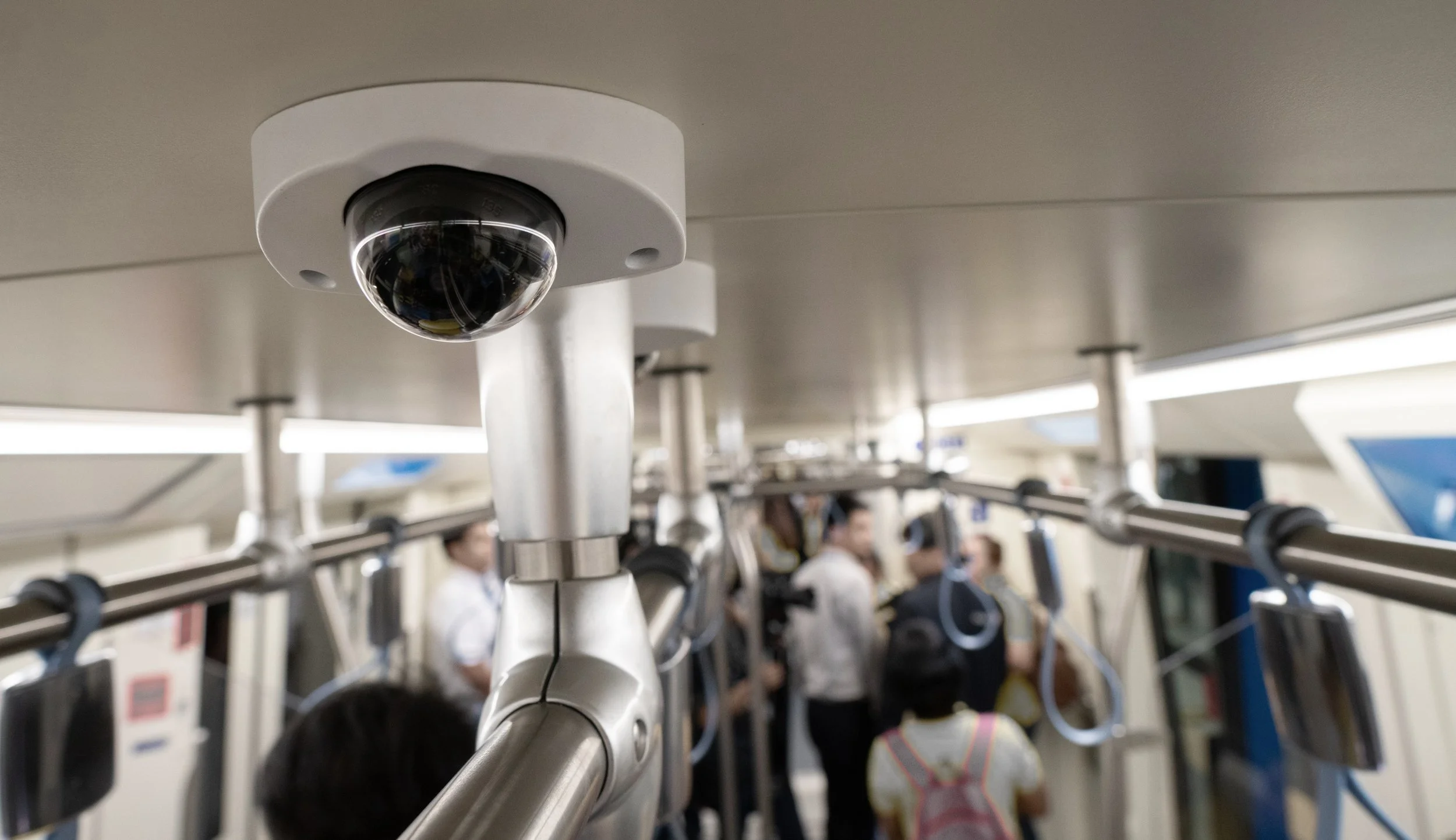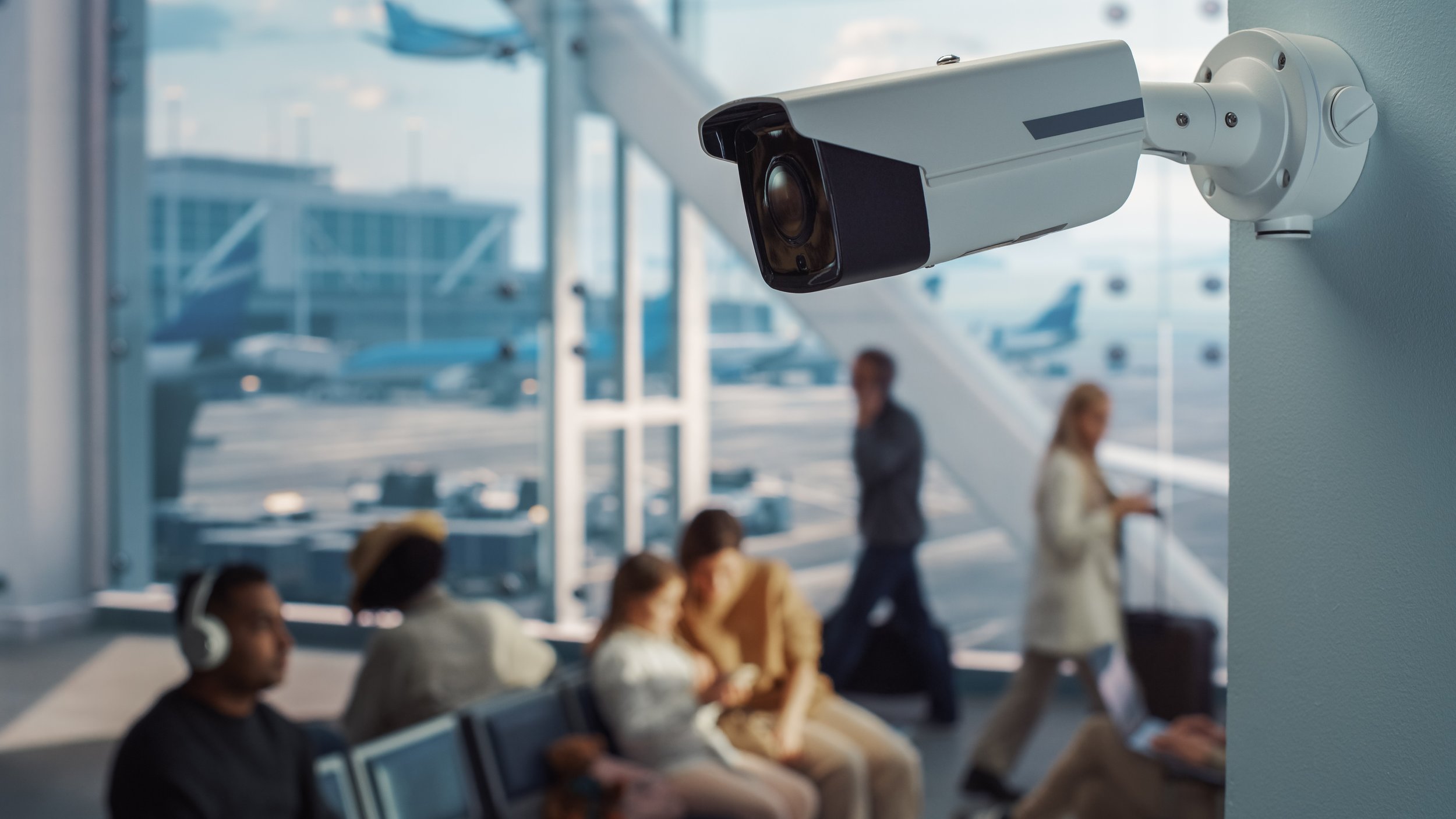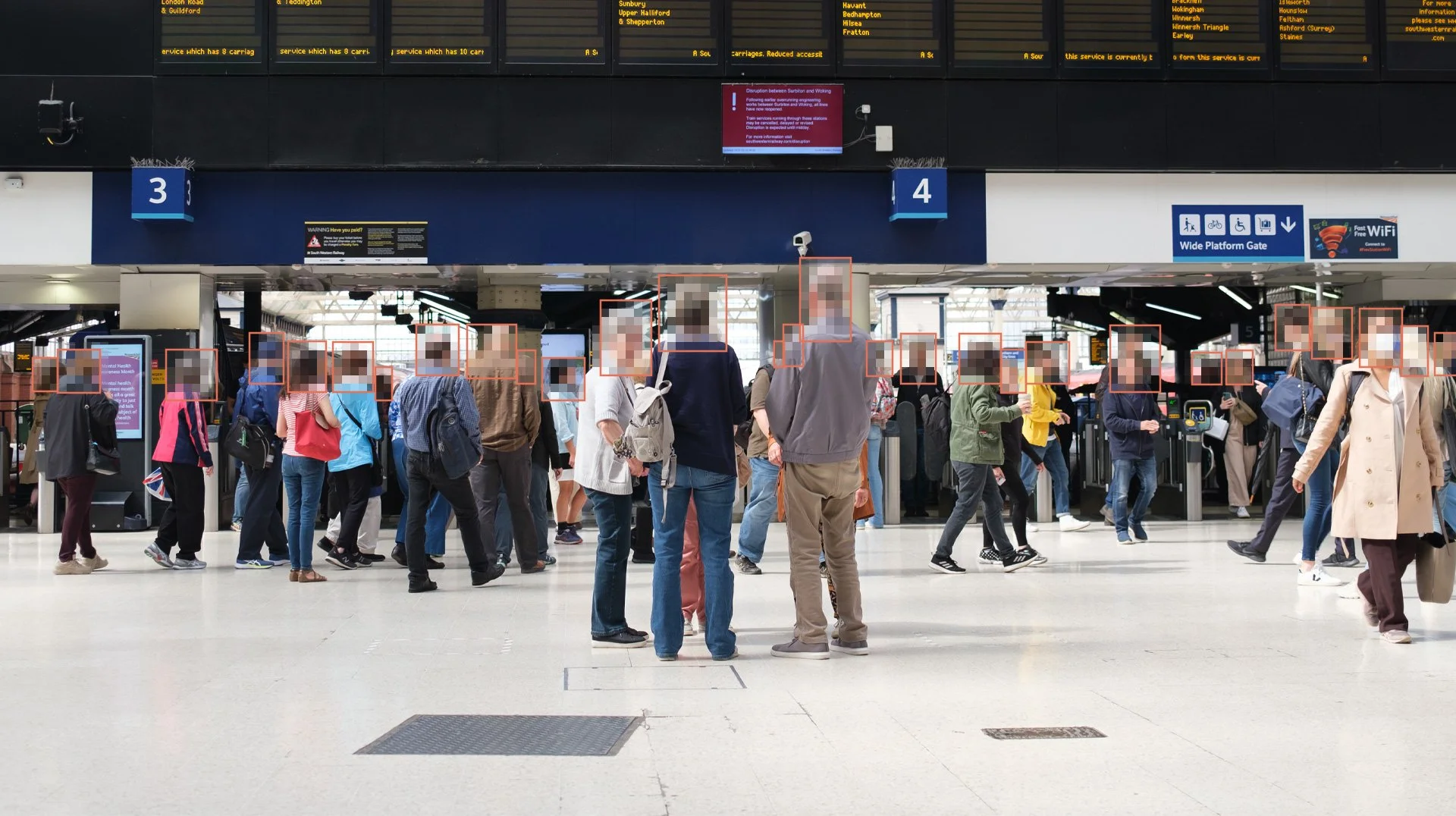Responsibly implementing video analytics in the transportation sector
As video technology gets more sophisticated, this use of video surveillance will only increase. More and more transport companies are seeing the value that can be extracted from video data and implementing that data into video analytics systems to help make faster decisions, track objects, and protect designated areas.
An Axis Communications report on video surveillance in public transport found that 82% of respondents had shifted to digital or hybrid systems, a nearly 10% jump from a few years prior.
Safety is a major risk factor for those in transportation, as trains, buses, airports, and stations can be hotspots for crime, violence, and vandalism.
There is a need to find ways to streamline the process of keeping people safe.
In a world recovering front the covid-19 pandemic, smart video analytics have become a lot more commonplace as they offer numerous benefits to help protect health and safety, as well as increase the efficiency of operations.
However, there are some legitimate concerns about too much surveillance and the privacy concerns attached to this. For example, some bus drivers in Beijing were made to wear wristbands that monitored their emotions, a means of intrusive surveillance which inevitably made the public wary and uncomfortable.
Public support for video surveillance on public transport has increased, with many seeing the benefits of protecting safety. However, implementing video analytics includes the processing of personal data, which needs to comply with data protection legislation, whilst still allowing providers to reap the benefits of this technology.
Public transport’s use of video surveillance
Different types of video surveillance are used both across different public transport stations/services, as well as by individual transport workers. TFL, the largest public transport network in the UK, make heavy use of video surveillance across their tubes, buses, and trams. Like most transport companies, these cameras are used to:
Protect the health and safety of employees, customers, and members of the public,
Protect property,
Assist with investigating major incidents,
Prevent and detect crime and antisocial behaviour, e.g. fare evasion,
Real-time traffic monitoring, and
Enforce traffic rules and regulations.
Body-worn cameras (BDWCs) have been increasingly rolled out among transport workers to help combat workplace violence and make employees feel safer. Particularly during the peak of covid-19, transport workers were facing increased rates of violence from members of the public.
An RMT survey found that 72% of frontline transport workers had experienced violence in the last year, with 90% experiencing it on multiple occasions. Evidence has shown that bodyworn cameras operate as a good deterrent and bodyworn cameras can help reduce the chance of incidents by 47%.
When video surveillance is combined with video analytics, this unlocks even more potential to help improve services and protect people.
Video analytics can help to improve the timing and scheduling of buses, trains and trams, gain better insights into customer journeys and help detect movement to alert officials of interference. People counting can be used to decipher how busy certain services and stations are. Or Smarter tracking of live incidents, signal failures and other incidents such as intruders on train tracks or breakdowns, can help feed into apps/public service announcements to help make customer journeys easier and more efficient.
Seize the benefits of automated video redaction today.
Video surveillance and smart analytics across air travel
Air travel is one of the fastest modes of transport, and airports are often incredibly busy, with thousands of people moving in and out of them each day.
This makes them prime targets, with airports often the victims of terror attacks and hijackings. Particularly since 9/11, airport security has been even more stringent and important in large international airports.
Smart video surveillance can help monitor passengers, help deter crime, and respond quickly and effectively to potential threats. When AI and real-time video analytics are incorporated into these systems, they can be incredibly beneficial in optimising operations and boosting security.
They can track objects, watch restricted zones, and monitor for any suspicious activity, aiding against the possibility of human error. They do this by automating the process of people tracking and sending live alerts to personnel if something is out of the norm. This is particularly useful for preventing luggage theft, loitering, and assisting in vehicle-drop offs.
For example, airports could feed into CCTV video streams and use a computer vision system to generate the number of luggage items or people in an area.
Biometric scans can also be used to help assist with smart ticketing, allow easy movement through departure gates, and flag any people of interest who may pose a threat.
By implementing smart CCTV cameras across multiple exits and entrances, as well as flight terminals, and runways, footage can be captured to spot suspicious behaviour and alert the necessary authority.
Centring privacy is still important
There is a large amount of valuable data that can be derived from smart video camera streams, however, this should not come at the cost of the public’s personal data.
As per GDPR, you must ensure you have a legal basis for video surveillance and make people aware of it, or you can face fines of up to €20 million or 4% of annual turnover.
If you go a step further and process the visual data for analytical purposes, it is good practice to anonymise the data so you can use it to its full potential.
For example, you can still use anonymised live feeds to track customer and object movement across airports, as well as send out live alerts. This provides a balance between harnessing the value of this visual data without compromising the data privacy of customers and employees.
Airports naturally collect a lot of personal data and data which will have to be shared among multiple parties. For example, between airlines, between airports, as well as between airports and governments. While this data sharing is necessary, it is conducted within a contractual framework and for legitimate purposes. Especially when data is being shared across jurisdictions, there should be the correct safeguards and legal frameworks implemented and considered when moving this data between parties.
This data sharing should also ideally be mapped and recorded, with sufficient data protection impact assessments conducted. It is important to be transparent in practices and let customers know how their data is being used.
Companies have received fines in the past for holding data longer than necessary, as well as carrying it out without a proper legal basis. Heathrow Airport received a fine of £120,000 from the ICO for failing to secure personal data in their network. Fines can be damaging to both revenue and brand reputation, so it is best to approach this form of surveillance as diligently as possible.




